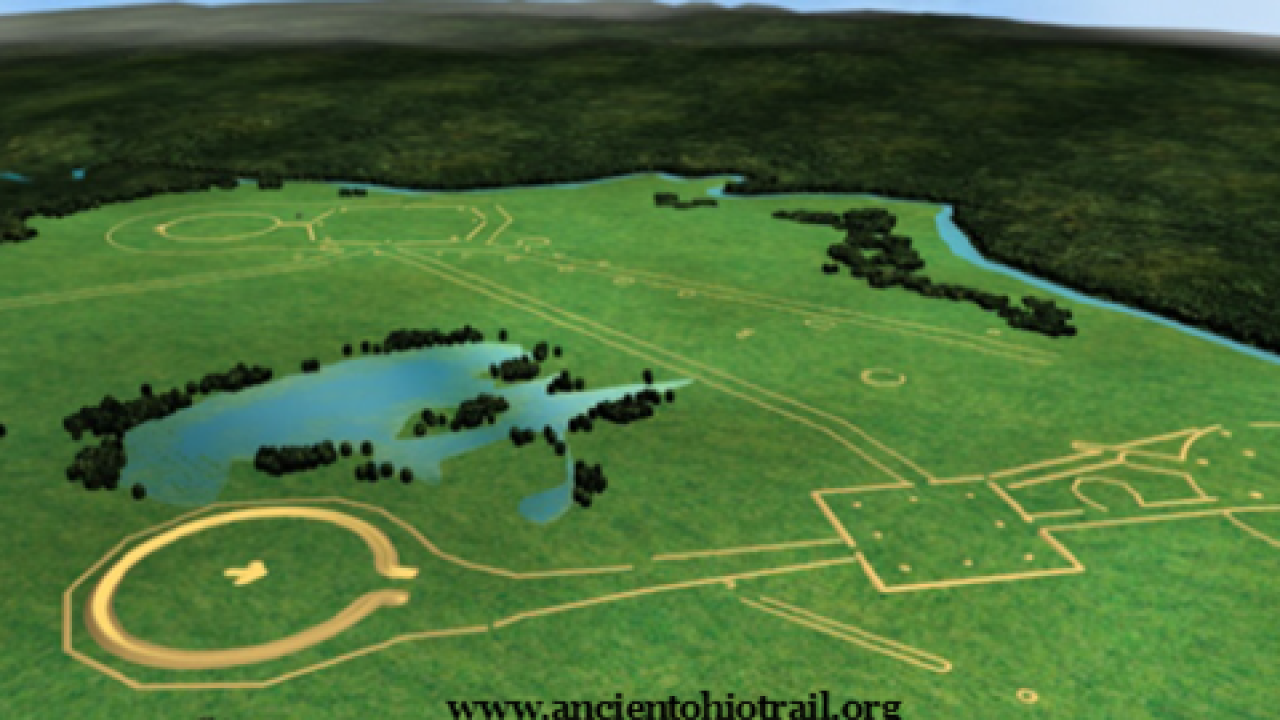The Department of the Interior has submitted a nomination to the World Heritage List for the “Hopewell Ceremonial Earthworks,” consisting of eight properties in Ohio, five of which are in Hopewell Culture National Historical Park in Ross County: Hopeton Earthworks, Mound City, High Bank Works, Hopewell Mound Group and Seip Earthworks; and three that are National Historic Landmarks: Fort Ancient in Licking County, owned by the State of Ohio, and the Octagon Earthworks and Great Circle Earthworks in Warren County, owned by the state-chartered Ohio History Connection.
The nomination was submitted through the U.S. Department of State to the World Heritage Centre of the United Nations Educational, Scientific and Cultural Organization (UNESCO) for consideration by the World Heritage Committee, which will likely occur at the Committee's 46th annual session in mid-2023.
This property has been selected from the U.S. World Heritage Tentative List, which comprises properties that appear to qualify for World Heritage status and which may be considered for nomination by the United States to the World Heritage List, as required by the World Heritage Committee's Operational Guidelines.
The “Hopewell Ceremonial Earthworks” are nominated under World Heritage cultural criteria (i) and (iii), as provided in 36 CFR 73.9(b)(1), as a group, or “series,” that collectively appears to justify criterion (i) by demonstrating a masterpiece of human creative genius: A 2,000-year-old series of precise squares, circles, and octagons and a hilltop sculpted to enclose a vast plaza. They were built on an enormous scale and the geometric forms are consistently deployed across great distances and encode alignments with both the sun's cycles and the far more complex patterns of the moon. The series also justifies criterion (iii) in providing testimony to its builders, people now referred to as the Hopewell Culture: Dispersed, non‐hierarchical groups whose way of life was transitioning from foraging to farming. The earthworks were the center of a continent‐wide sphere of influence and interaction and have yielded exceptionally finely crafted ritual objects fashioned from raw materials obtained from distant places. The properties, both individually and as a group, also meet the World Heritage requirements for integrity and authenticity.
The World Heritage List is an international list of cultural and natural properties nominated by the signatories to the World Heritage Convention (1972). The World Heritage Committee, composed of representatives of 21 nations elected as the governing body of the World Heritage Convention, makes the final decisions on which nominations to accept on the World Heritage List at its annual meeting each summer. Although the United States is not a member of UNESCO, it continues to participate in the World Heritage Convention, which is an independent treaty. There are 1,154 World Heritage sites in 167 of the 194 signatory countries. The United States has 24 sites inscribed on the World Heritage List.
Neither inclusion in the Tentative List nor inscription as a World Heritage Site imposes legal restrictions on owners or neighbors of sites, nor do they give the United Nations any management authority or ownership rights in U.S. World Heritage Sites, which continue to be subject only to U.S. federal and local laws, as applicable.
Document Citation : 87 FR 16492. Document Number: 2022-06121. March 23, 2022.
